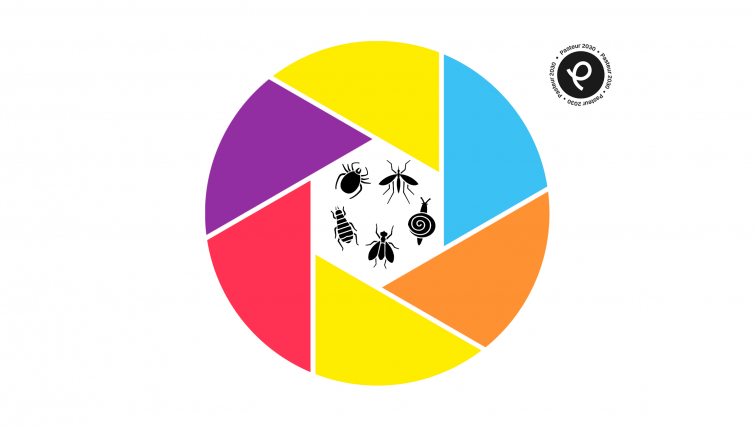
June 20, 2025
Bulletin interne de l'Institut Pasteur


A multidisciplinary centre dedicated to emerging infections, including those linked to vectors - See you in September to find out more about what this infrastructure will offer

One of the aims of the Pasteur 2030 Strategic Plan is to strengthen the Institut Pasteur's position as a leader and expert in understanding and controlling emerging infections, especially vector-borne infections.
In 2023, to increase its impact, and the impact of France, in this area, the Institut Pasteur embarked on the construction of a research center that will offer scientific and technological expertise of the highest caliber. The infrastructure will enable scientists to pursue ambitious research projects, consolidating the Institut Pasteur's position as a global reference in the field.
The first spades went into the ground in March 2024 for a complete overhaul of the historical Darré and Borrel buildings. The new center is set to be operational in three years' time, in mid-May 2028.
The infrastructure will be available to the entire campus and equipped with state-of-the-art technological capabilities, especially specific laboratories to study the most critical pathogens in optimal safety conditions, as well as the sophisticated imaging technologies that are now crucial for this type of research.
The center, which is being developed in line with the latest environmental standards, will include spaces to facilitate collaboration within and between buildings, cross-disciplinarity, and training for early career scientists. It will be a clear illustration of the tremendous potential of multidisciplinary alliances.
This is a flagship project under Priority 2 of the Pasteur 2030 Strategic Plan (see the newsletter article from June 13), but it will also be of great benefit for the work being carried out under Priority 1.
 In September, find out more about the services provided by the core facilities in the future center
In September, find out more about the services provided by the core facilities in the future center
The project team will hold a staff meeting in September to reveal more about the services provided by the core facilities in the new center, and about the latest news on how the building is progressing.
Speakers:
• Introduction – Anna Kheres, CMTV Infrastructure Project Manager.
• Information about the services provided in the vector production and experimental host and vector infection spaces by Sabine Thiberge, Head of the CEPIA, and Caroline Manet, research engineer in the Central Animal Facility.
• Presentation of the BSL3 photonic bioimaging facility by Nathalie Aulner, Head of the PBI core facility, and the BSL3 nanoimaging facility by Matthijn Vos, Head of the NICF core facility.
• Report on how the building work is progressing by Pascal Tenegal, Head of the Real Estate and Technical Department.
In the meantime, follow the BIP between now and July 25 to find out the date of the event and more about the team in charge of this major project.
 Some key figures
Some key figures
9,000m2 of space created for scientific activities
The center will be able to house up to 180 research staff
Within the building, some 3,500m2 will house BSL2 and BSL3 containment spaces for studying pathogen-vector-host interactions, including:
• two "emergency" BSL3 laboratories
• facilities for rodent housing and infection
• facilities for breeding vectors (mosquitoes, tsetse flies, sandflies, fleas, ticks, etc.)
• facilities for arthropod infection and micromanipulation
• in vivo and multiscale optical imaging capabilities in BSL3 laboratories (vectors and hosts)
• cryoEM imaging capabilities in BSL3 laboratories (pathogen isolates, infected cells and tissues)
The upper floors will have shared laboratories and office spaces to facilitate collaboration with internal teams and national and international partners (12 to 15 research units).
